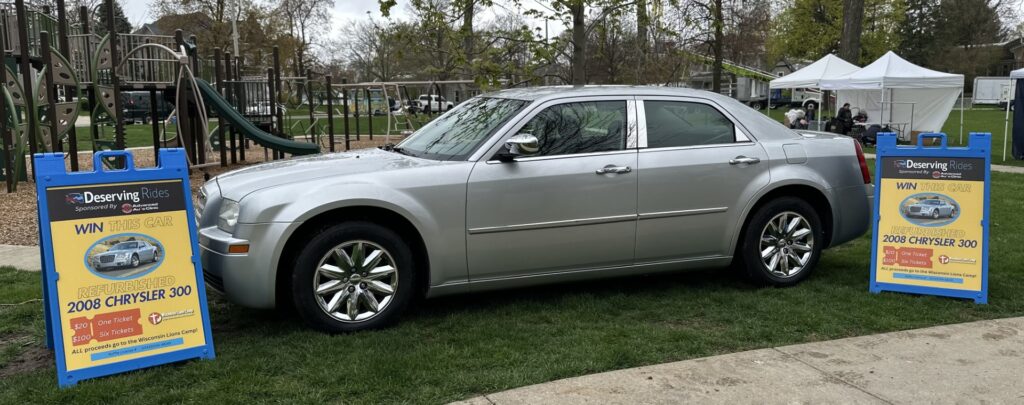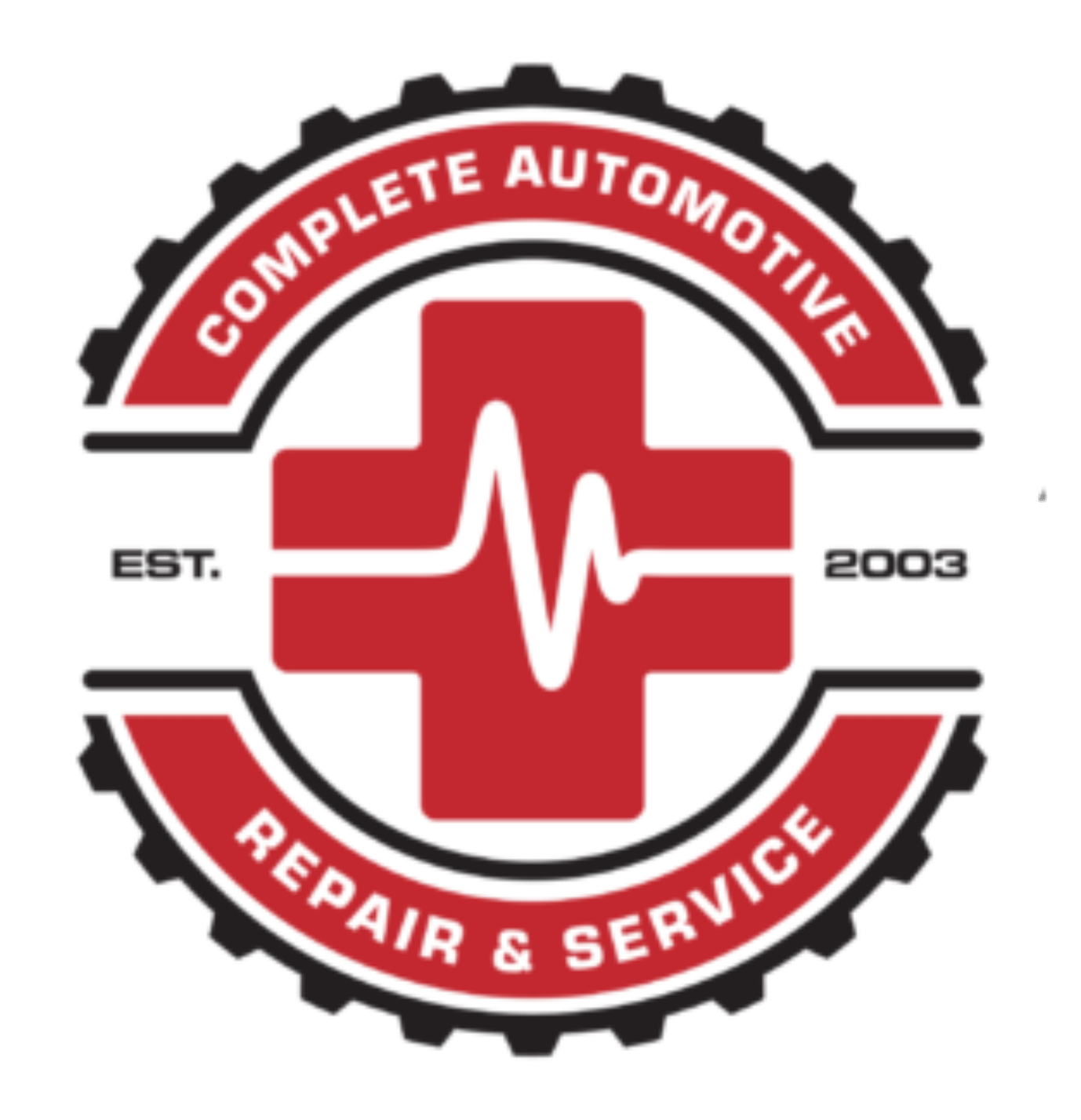[ad_1]
You can see your brakes behind your wheels and at first glance, it might not look like there are many types of brake fluids involved in the process. Take a closer look and you’ll find this is a hydraulic system that uses pressure to move brake fluid down to your brakes to stop your car.
If you run out of brake fluid, then the system simply will not work. No fluid means no pressure and that means no brakes. There’s still the emergency or parking brake as backup, but it’s not designed to stop your car the same way as the hydraulic system. Here’s what you need to know about the different types of brake fluids and when it may be time to change or refill those fluids.
Brake Fluid Basics
Not all types of brake fluids are the same. You’ll find a different type of fluid in an everyday sedan than you will in a performance car designed for the track. The key factor in determining which brake fluid to use is the fluid’s boiling point.
While you don’t often jam on the brakes during your morning commute or a typical day of driving, that’s exactly what you do on a track. Repeated hard braking heats up the brakes and it can cause the fluid to boil, resulting in a spongy brake feel and even complete brake failure.
That’s why it’s important to use the right brake fluid for your vehicle. The best way to be sure you have the right brake fluid in your car is to go with what’s in the owner’s manual. If you aren’t sure, don’t guess, because you should never mix different types of brake fluids.
Glycol or Silicone
The most common types of brake fluids are glycol-based and are labeled DOT 3 or DOT 4. The lower number indicates a lower boiling point, so these aren’t what you’ll find in a performance car, but perfectly acceptable for most driving conditions.
Silicone brake fluid is labeled DOT 5 and it has a higher boiling point. It’s also more expensive and is not recommended for every vehicle. It cannot be mixed with a glycol-based brake fluid. This makes it important to know what’s recommended for your vehicle before you start adding fresh fluid.
When to Refill
The brake fluid reservoir is in the engine compartment and it’s either white or opaque. There are markings on the outside that show when it’s full or low and you can see the fluid right through the container. If it’s low, then go ahead and add enough to meet the full line, but do not overfill the reservoir.
When to Replace
Brake fluid doesn’t last forever. If your old brake fluid looks dark, much like the color of used engine oil, then it’s probably time to have it changed. Even if it looks fine, it’s still a good idea to change your brake fluid at the manufacturer recommended intervals to ensure this crucial system works properly.
Brake fluid is a necessity if you want your vehicle to stop when you push the brakes. If you’re wondering what kind of brake fluid your car needs or when it needs to be changed, following your car’s owner’s manual is the best way to stay on top of your vehicle’s brake fluid.
Check out all the chemical products available on NAPA Online or trust one of our 17,000 NAPA AutoCare locations for routine maintenance and repairs. For more information on the different types of brake fluids, chat with a knowledgeable expert at your local NAPA AUTO PARTS store.
Photo courtesy of Nicole Wakelin.








